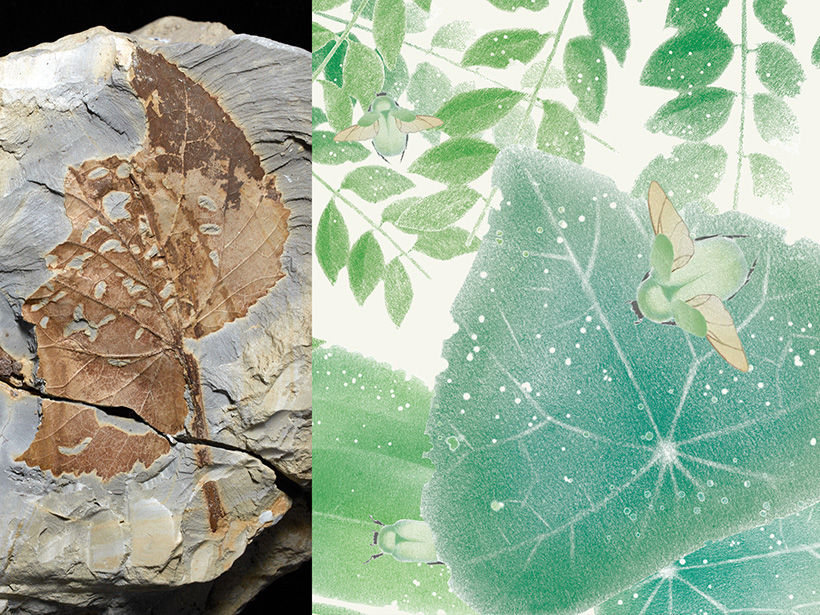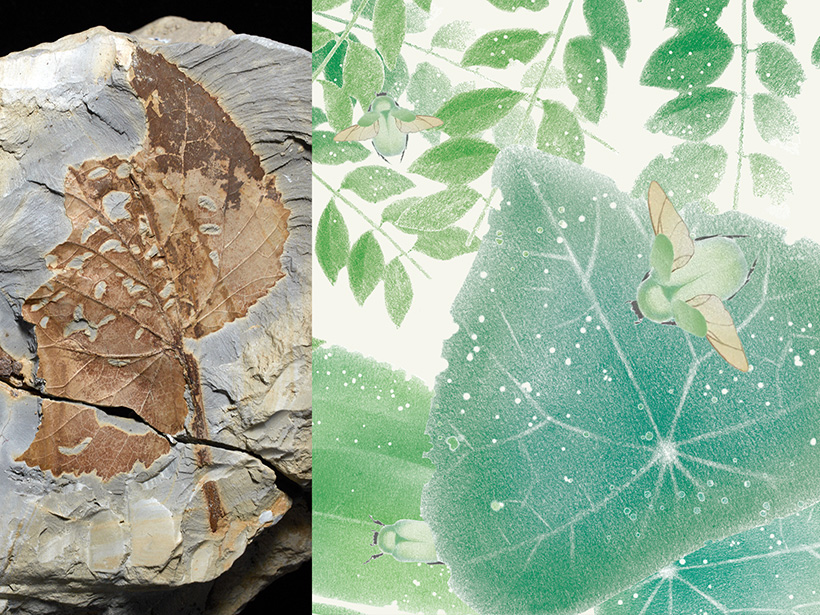Mexico City is one of the most disaster-prone urban areas in the world. Following an earthquake, marginalized communities living on the city’s periphery are exposed to more dangers than just collapsing buildings.
Humberto Basilio
Posted inNews
New View of Expanding Perspectives in the Geosciences
Earth and environmental sciences have some of the least diverse racial and ethnic representation in academia. To face profound future challenges, the fields need to address the inequities of the past and how they inform the present.
Posted inNews
El impacto de Chicxulub cambió para siempre la biodiversidad de la selva tropical
Hace sesenta y seis millones de años, un asteroide reinició la mayor parte de la vida en la Tierra. Pero sin este evento catastrófico, la composición de las selvas tropicales neotropicales no sería la misma.
Posted inNews
Chicxulub Impact Changed Tropical Rain Forest Biodiversity Forever
Sixty-six million years ago, an asteroid reset most of life on Earth. But without this catastrophic event, the composition of neotropical rain forests wouldn’t be the same.




